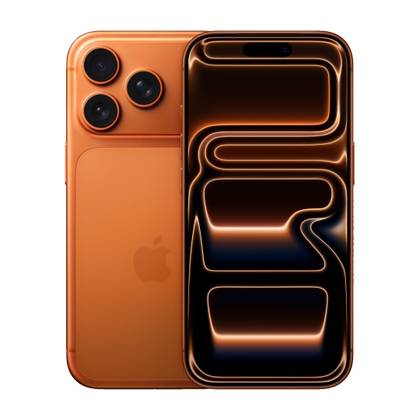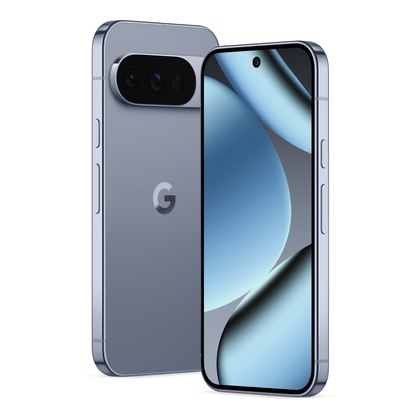Have you ever seen the term “optical character recognition” or OCR and wondered what it meant? Well, I’m here to help you understand what OCR is. It’s very possible that you’ve used OCR and didn’t know it. You might have even used it today. Here’s everything you need to know about optical character recognition.
The Difference Between OCR and Scanning
When you scan a document, you’re simply taking a picture or snapshot of the piece of paper. Nothing is being done with that scan; it’s purely a photo of the paper that was placed on the scan bed (or fed through the document feeder).
OCR, or optical character recognition, is done after a document is scanned. OCR happens on the software side and actually takes that picture and turns it into digital characters.
Some scanners have “OCR built-in,” but this typically just means that they come with software that allows the scanned document to be read so it can be searched at a later time.
Your Phone Already Does OCR
Now that you know what OCR is, did you know that most modern phones already do it? Take the iPhone, for example. If you point an iPhone’s camera app at text, phone numbers, addresses, or even websites, the app brings up the ability to copy or take action on the characters. This is OCR in action, and Apple calls it Live Text. Android phones do this through the Google Lens app, allowing you to snap a picture and extract text from the image.
Not only can you take action on text (like phone numbers), but you can also copy and paste. Many times I’ve taken a picture of a document that had text on it I needed to type out and simply copied it. I’ve opened up business documents saved as a PDF and copied details like addresses and phone numbers.
This isn’t the only place that OCR takes place on your phone, though. The photos app, both on iPhone and Android, utilizes OCR. If you search the word “dog,” then your app will surface photos of dogs—but it’ll also bring up photos that have the word “dog” in them. I’ve used this many times before when I had to find something.
One time I was looking for a photo of a Logitech mouse. I knew that I had a picture of the box from the same day, so I simply searched the word “Logitech” and found the picture of the box, which told me what day the photo was taken, and let me find the mouse.
You’re also able to get third-party cameras and apps that offer OCR and document storage, if you want more than just what your phone’s camera or photos app is capable of.
-

- SoC
-
A19 Pro chip
- Display
-
6.3-inches
- Storage
-
256GB, 512GB, or 1TB
- Ports
-
USB-C
- Operating System
-
iOS
- Colors
-
Silver, Cosmic Orange, Deep Blue
The Apple iPhone 17 Pro is the company’s most powerful smartphone to date, offering impressive cameras and the A19 Pro chip. It lets you do practically anything, including shooting quality videos.
-

- Brand
-
Google
- SoC
-
Google Tensor G5
- Display
-
6.3-inch Super Actua, 20:9
- RAM
-
16 GB RAM
- Storage
-
128 GB / 256 GB / 512 GB with Zoned UFS / 1 TB with Zoned UFS
- Battery
-
4870mAh
The Pixel 10 Pro offers an upgrade over the base model with the powerful Google Tensor G5 chip, more RAM, and more storage (if you need it).
Some Scanners Come With Software That Supports OCR
While it’s very rare to find a scanner that has OCR built-in, many modern scanners come with software that supports OCR in some way.
I have an Epson scanner that’s OCR-ready, for instance. That means it scans at a high enough resolution that OCR software will work with it. It also means that Epson provides software with the scanner that handles the OCR side of things.
I don’t use the software that came with my scanner for OCR, though. Instead, I use paperless-ngx, a free and self-hosted document manager. I need to use my document manager more than I do, but it’s nice to have it available when I need it. Otherwise, I just use the OCR that’s built into macOS in Preview, as that allows me to copy text out of an image without any additional software.
Neat is another piece of scanner software that has OCR built-in. Years ago, I used Neat when it was far more affordable. Now, it’s $200 per year and it’s out of my price range. However, it’s one of the most well-known scanner organizers out there.
You can also use Adobe’s free OCR PDF website. Simply upload a scanned document to the website and Adobe will run OCR on it for you. Adobe’s option is probably the worst of the ones that I’ve tried, but it’s free, web-based, and it does work decently well with typed documents—though handwritten words are a bit harder for it to parse.

- Brand
-
Epson
- Connectivity
-
Wireless, Wired
- Autofeed
-
Yes
- Resolution
-
300 DPI
The Epson Workforce ES-400 II Color Duplex desktop scanner can scan both sides of the paper at the same time. Offering color scanning, the ES-400 II scans at up to 300 DPI. The auto document feeder automatically pulls pages in one after the other to scan. This scanner supports everything from receipts to credit cards, IDs, and traditional pages.
Did you know that you can skip the physical scanner entirely and simply use your phone to scan? It’s actually really easy, and a wide number of apps support scanning a document with your phone.
In fact, OneDrive lets you scan documents with your mobile device and stores them in the cloud. This gives you the OCR features of OneDrive, cloud storage, and lets you skip having to buy one more piece of tech to only use on occasion.

